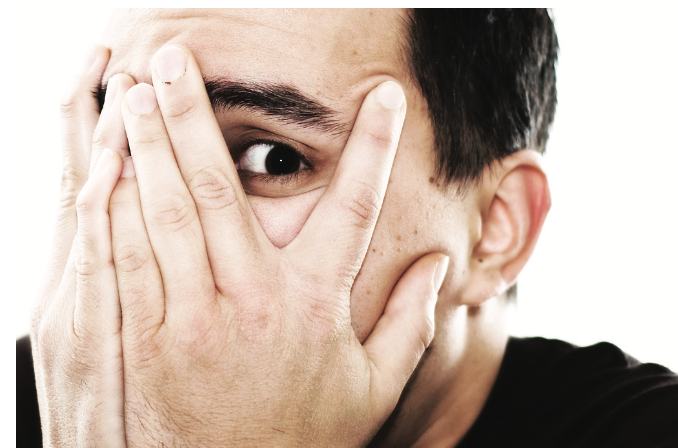34.1: Introduction
- Page ID
- 77086
Anxiety is a natural part of life and, at normal levels, helps us to function at our best. However, for people with anxiety disorders, anxiety is overwhelming and hard to control. Anxiety disorders develop out of a blend of biological (genetic) and psychological factors that, when combined with stress, may lead to the development of ailments. Primary anxiety-related diagnoses include generalized anxiety disorder, panic disorder, specific phobia, social anxiety disorder (social phobia), post traumatic stress disorder, and obsessive-compulsive disorder. In this module, we summarize the main clinical features of each of these disorders and discuss their similarities and differences with everyday experiences of anxiety.

What is anxiety? Most of us feel some anxiety almost every day of our lives. Maybe you have an important test coming up for school. Or maybe there’s that big game next Saturday, or that first date with someone new you are hoping to impress. Anxiety can be defined as a negative mood state that is accompanied by bodily symptoms such as increased heart rate, muscle tension, a sense of unease, and apprehension about the future (American Psychiatric Association [APA], 2013; Barlow, 2002).
Anxiety is what motivates us to plan for the future, and in this sense, anxiety is actually a good thing. It’s the nagging feeling that motivates us to study for that test, practice harder for that game, or be at our very best on that date. But some people experience anxiety so intensely that it is no longer helpful or useful. They may become so overwhelmed and distracted by anxiety that they actually fail their test, fumble the ball, or spend the whole date fidgeting and avoiding eye contact. If anxiety begins to interfere in the person’s life in a significant way, it is considered a disorder.
Anxiety and closely related disorders emerge from “triple vulnerabilities,” a combination of biological, psychological, and specific factors that increase our risk for developing a disorder (Barlow, 2002; Suárez et al., 2009). Biological vulnerabilities refer to specific genetic and neurobiological factors that might predispose someone to develop anxiety disorders. No single gene directly causes anxiety or panic, but our genes may make us more susceptible to anxiety and influence how our brains react to stress (Drabant et al., 2012; Gelernter & Stein, 2009; Smoller et al., 2009). Psychological vulnerabilities refer to the influences that our early experiences have on how we view the world. If we were confronted with unpredictable stressors or traumatic experiences at younger ages, we may come to view the world as unpredictable and uncontrollable, even dangerous (Chorpita & Barlow, 1998; Gunnar & Fisher, 2006). Specific vulnerabilities refer to how our experiences lead us to focus and channel our anxiety (Suárez et al., 2009). If we learned that physical illness is dangerous, maybe through witnessing our family’s reaction whenever anyone got sick, we may focus our anxiety on physical sensations. If we learned that disapproval from others has negative, even dangerous consequences, such as being yelled at or severely punished for even the slightest offense, we might focus our anxiety on social evaluation. If we learn that the “other shoe might drop” at any moment, we may focus our anxiety on worries about the future. None of these vulnerabilities directly causes anxiety disorders on its own—instead, when all of these vulnerabilities are present, and we experience some triggering life stress, an anxiety disorder may be the result (Barlow, 2002; Suárez et al., 2009). In the next sections, we will briefly explore each of the major anxiety-based disorders, found in the fifth edition of the Diagnostic and Statistical Manual of Mental Disorders (DSM-5) (APA, 2013).

